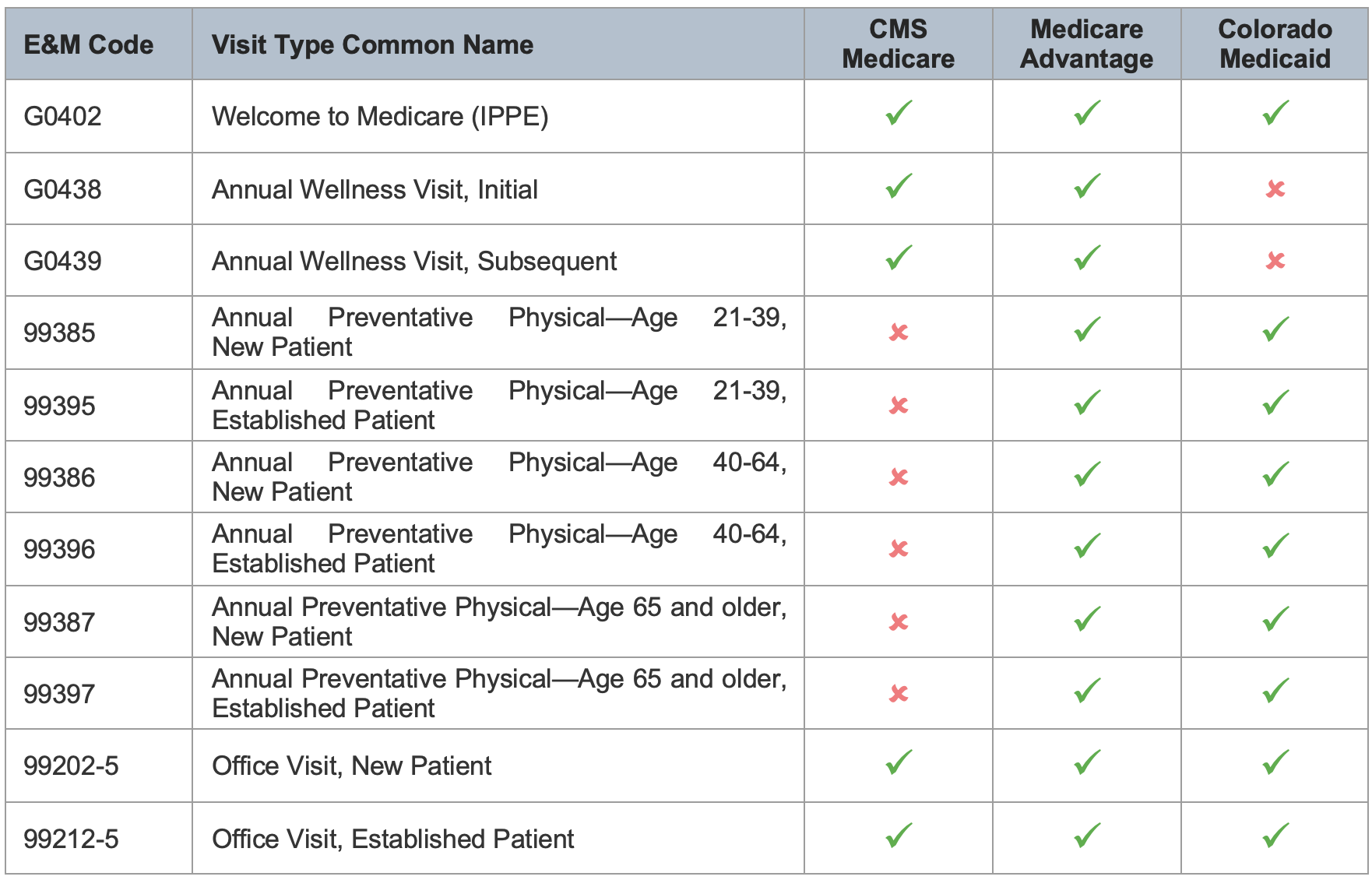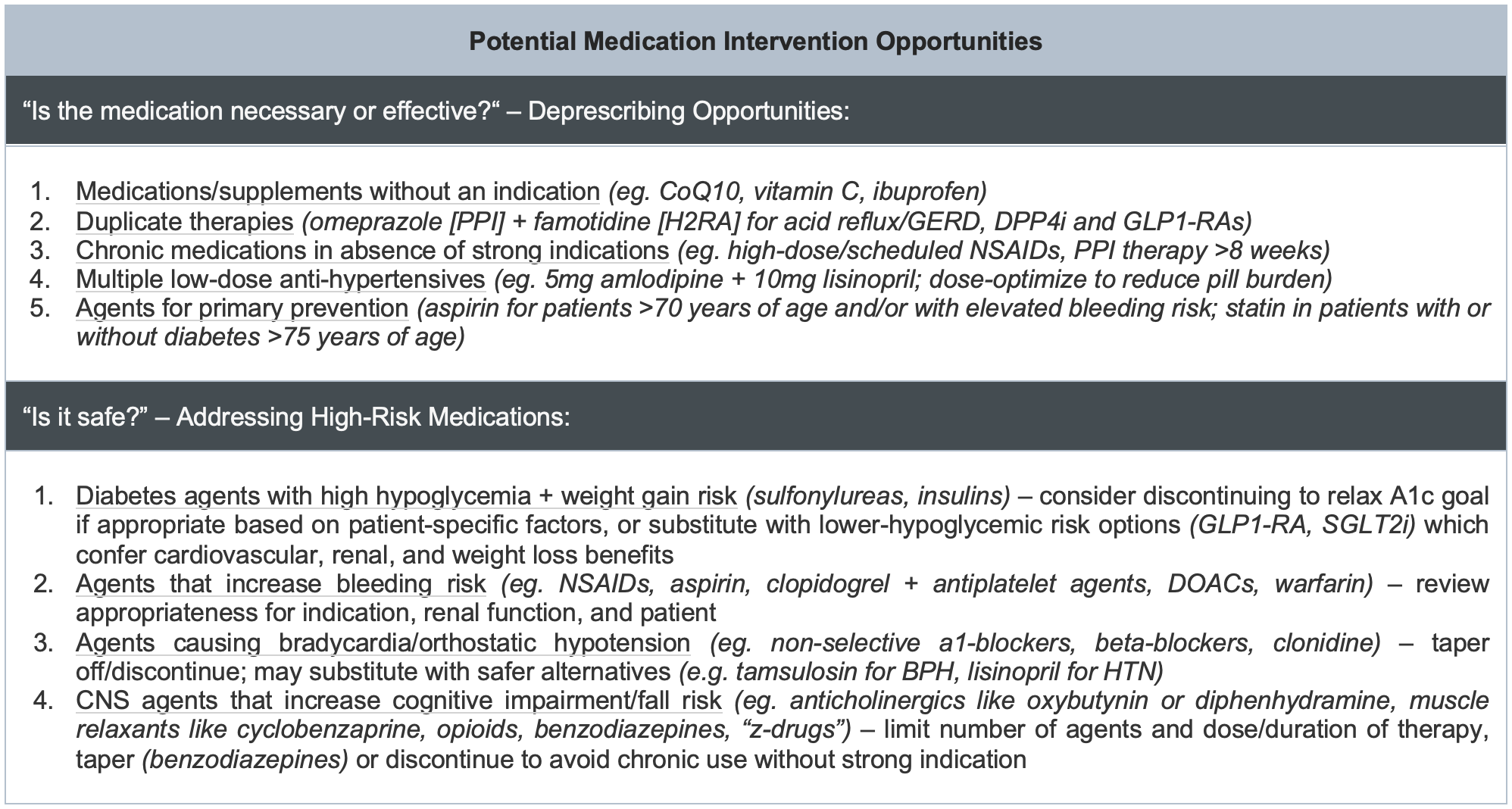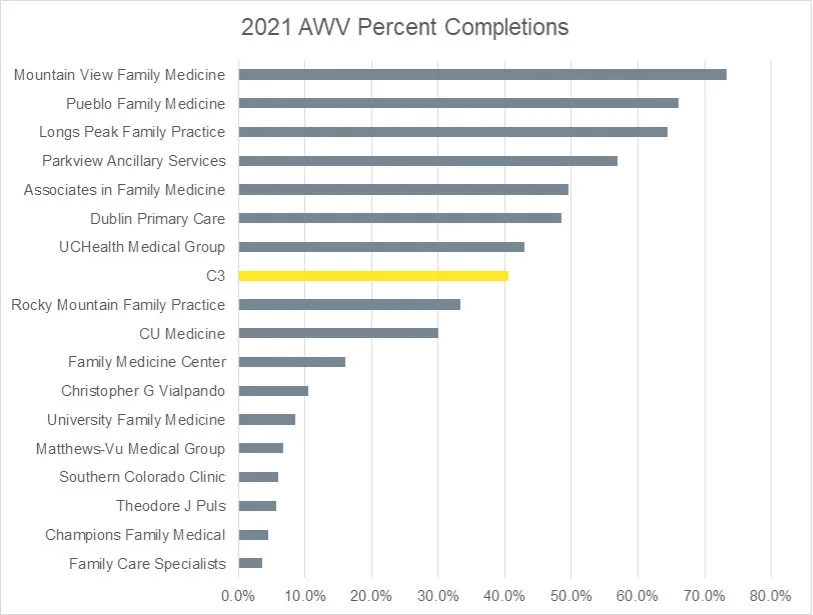Leadership Message
Colleagues,
I hope this newsletter finds you enjoying the warmer weather and taking some well-earned days off. It was a long winter…and as The Beatles say, “Here comes the sun!”
In the world of value-based care, prevention and risk assessment play a significant role in ensuring that patients are cared for in ways that support their health and well-being. Annual Wellness Visits, or AWVs, were created by CMS for Medicare patients to do just that. The AWV involves preventive care, advanced care planning, assessment of lifestyle risks, and depression and dementia screening. It is an opportunity for care teams to update important information in a patient’s chart such as the problem list or medication list, as well as to create and maintain a personalized screening and prevention plan. A successful AWV is time consuming and often involves in-depth conversations that cannot be accomplished in a problem-based visit. Setting aside time, in a separate visit, creates a separate space for both patients and providers to accomplish this critical work, and creates stronger relationships between the patient and their care team, directly improving patient care.
We hope this newsletter can offer some tips for success as we work to help make these visits valuable for both patients and care teams alike. Done well, primary care teams can use AWVs to help patients understand that staying healthy is a team sport, and that their care team is working to do just that.
Risk Coding
Annual Wellness Visit (AWV) and/or Comprehensive Physical Exam (CPE) encounters present an opportunity to evaluate your patient’s chronic conditions and HCC diagnosis codes.
As a provider, you assess, review and adjust your plan for a patient based on their medications, review of laboratory and radiographic reports, reported symptoms and/or physical findings. If your EMR prompts you to review past medical conditions, you should also add the appropriate diagnoses that you review and discuss with the patient, or those which factor into your medical decision-making.
Some payers allow Medicare Advantage patients to receive both the AWV and CPE during the same encounter, while others do not. At minimum, select the appropriate E&M code for the visit you are providing. See the chart below titled “Who Pays for What” for more information.
If your patient has an acute or new diagnosis they wish to discuss during their annual visit, you need to add an additional E&M code with a 25 modifier to the visit. We recommend that you work within your practice’s current guidelines regarding the use of the 25 modifier when reviewing highly complex patients.
Who Pays for What

Pharmacy
In developed countries, it is estimated that approximately 30% of patients ages 65 and older are prescribed 5 or more drugs, and approximately 50% of patients in hospital, ambulatory or nursing home settings receive 1 or more unnecessary medications. Additionally, 47.3% of older adults reported using at least 1 over-the-counter (OTC) medication and 54.2% reported use of at least 1 dietary supplement in a study by Qato, et al.
Medicare Annual Wellness Visits (AWVs) provide an opportunity outside of problem-based visits for patients and providers to complete a global review of prescribed medications. To optimize medication management for an AWV, it may be helpful to focus on reducing medication burden and deprescribing dietary supplements, OTC medications, and high-risk or preventive-care medications. The chart below lists some key medication interventions to consider:

The above considerations are aimed at helping providers make quick and effective AWV interventions to reduce polypharmacy and patient pill burden; minimize medication-related preventable adverse events, e.g., over-sedation, bleeding events, cognitive impairment; and discontinue high-risk medications while providing safer alternatives where appropriate.
Additional resources
medstopper.com – Helps prioritize agents to deprescribe based on an entered medication list.
deprescribing.org – Contains deprescribing guidelines and algorithms under its “Resources” tab.
acbcalc.com – Helps identify anticholinergic agents in a patient’s medication list.
References:
- Scott IA, Hilmer SN, Reeve E, et al. Reducing inappropriate polypharmacy: the process of deprescribing. JAMA Intern Med. 2015; 175(5):827-834.
- Qato DM, Alexander GC, Conti R, et al. Use of prescription and over-the-counter medications and dietary supplements among older adults in the United States. JAMA. 2008; 300:2867-2878.
Care Team Tips
The care team can help annual wellness visits go more smoothly in many ways:
- The front desk can check eligibility; communicate to the patient what they should bring to the visit; and help frame patient expectations, making sure the patient understands the purpose of the visit and what it does and does not include.
- MAs can help with pre-visit planning, updating the chart and wrapping up the visit:
- Prior to the visit, they can scrub the chart for missing immunizations, preventative screenings and pend orders for the provider.
- During the visit, they can help patients complete the health risk assessment and update the chart, including any screenings completed outside the medical record.
- After the visit, MAs can spend time with the patient reviewing the personalized plan.
- Care management RNs can perform subsequent AWVs, under direct supervision of a provider. In addition to completing the AWV, they can also use the visit to help identify high-risk patients who might benefit from working with a care manager due to complex medical or social situations.
When the care team understands the important role they play and messaging to patients is consistent, AWVs go smoothly for the patient and provider alike. Please contact us if we can help!
Performance
When our Single Scorecard debuted in 2021 and we began tracking Annual Wellness Visits as a component of the scorecard, we were encouraged by the 6.2% improvement we saw in this metric.
In 2022, we revamped our tracking of this metric and expect even greater results as we build upon the base created through your hard work last year. Seven of our 22 groups have selected appropriate annual visits as their process improvement project, and payers continue to heavily track and incentivize these visits.
As a network, our final 2021 AWV performance came in at 40.6%, and our max target for 2022 is 65.0%. We look forward to working closely with you to achieve this collective goal!

Announcements
New Educational Opportunities
Mark your calendars—our next Town Hall presentation is scheduled for Aug. 3 on the topic of using team-based care to perform Annual Wellness Visits. AWVs are widely misunderstood and a visit often overlooked by providers and patients alike. But they are a critical first step to financial success in MSSP and our Medicare Advantage contracts. Join us, and learn how to make these visits effective and efficient.
Also, we continue to add new recorded educational opportunities to our website. Please check back regularly to see what’s new. Providers who view these videos and complete the corresponding survey receive Single Scorecard credit and also have the opportunity to apply for CME credit(s).
New topics in 2022:
- Adolescent Mental Health Town Hall
- Diabetes (coming soon!)
- Improving Risk Scores Through Coding and Documentation Town Hall
- Pharmacy and Value-Based Care Town Hall
- Risk Coding Series: Pediatrics, Persistent Conditions and Suspect Conditions (coming soon!)
- 2022 Single Scorecard
New Practices
Welcome Family Clinic of Fort Collins! This group of family practice physicians has deep roots in the community and has been taking care of patients and their families in northern Colorado since 1974. They work hard to connect patients with their primary care provider for every visit, but all work together as one practice, often sharing ideas about patient care and using a team-based solution to make sure patients receive care in a timely fashion.
We are pleased to welcome Hope Internal Medicine of Pueblo, PLLC to our network. While focused on the disease, diagnosis, prevention and treatment of adults, this clinic also offers additional expertise in variety of specialties including cardiology, endocrinology and pulmonology.
Dr. Opeyemi Banjoko is a board-certified internist originally from Nigeria. She established Hope Internal Medicine of Pueblo in 2012 and has been proudly serving her community ever since. Please join us in welcoming her to C3.
New Payer Agreement
Starting in 2023, C3 is partnering with Caravan Health to offer practices the opportunity to participate in the CMS Medicare Shared Savings Program (MSSP). This agreement extends our coverage to Medicare-eligible patients who have selected Original Medicare health insurance. Please contact Kelly Henry for more information about participating in this program.